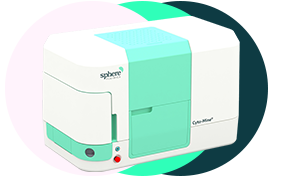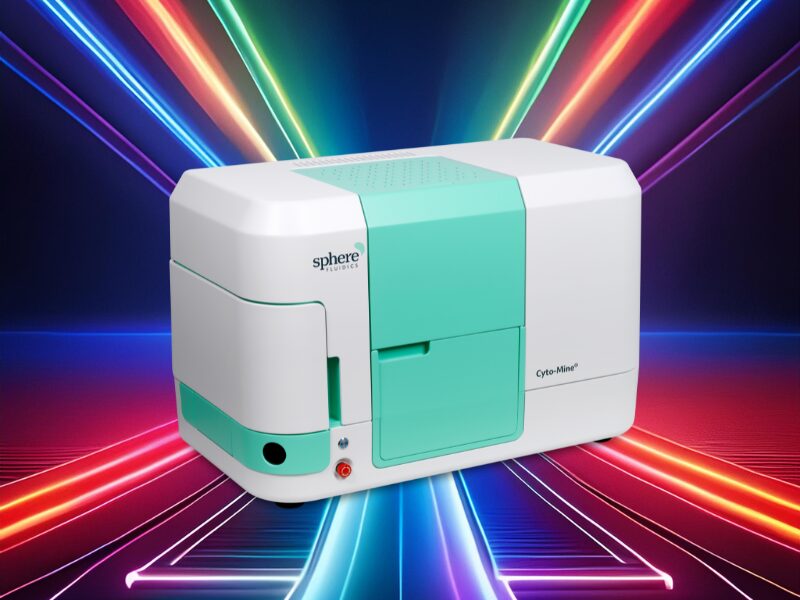Cell Viability, Proliferation and Outgrowth in Picodroplets
Study confirms that encapsulated single cells can be tested, retrieved and seeded for clone outgrowth after up to 72 hours in picodroplets.
Unleash the Potential of Prolonged Cell Incubation in Picodroplets
Discover the transformative power of picodroplet technology with our in-depth application note, which highlights the impressive capabilities of picodroplets in supporting cell viability, proliferation, and outgrowth over extended periods.
Learn how this innovative approach can revolutionize your research and development efforts, particularly in applications requiring prolonged cell incubation times, such as genome editing.
Key Findings
Our study demonstrates that encapsulated single cells, depending on the cell line, can be tested, retrieved, and seeded for clone outgrowth after up to 72 hours in picodroplets. This breakthrough provides a protective microenvironment that maintains cell viability and integrity during extended incubation.
Cell Lines Used
- Suspension Lines: Raji, THP1, Jurkat, CHO-K1
- Adherent Lines: HCT116, MCF7, A431, A549, HEK293
Advantages of Picodroplet Technology
Picodroplet technology offers unprecedented precision in single-cell analysis, enabling high-throughput screening and gentle cell processing. Each picodroplet acts as a miniature test tube, minimizing dilution and allowing molecules released by cells to accumulate rapidly to detectable levels. This technology is particularly beneficial for:
- Antibody Discovery: Streamline and optimize cell line screening processes.
- Genome Editing: Enhance reagent delivery and detect rare edited cells.
- Cell Therapy: Improve the development and analysis of therapeutic cells.
In-Depth Insights
Our application note provides detailed insights into several critical areas:
- Cell Viability:
Viability was assessed at multiple time points (0, 24, 48, and 72 hours) using Acridine Orange and DAPI staining. Suspension cells generally exhibited higher viability, with some lines like THP1, CHO-K1, and HEK293 maintaining over 80% viability after 72 hours. - Cell Proliferation:
Cell concentration was compared to the initial count to assess proliferation within picodroplets. Suspension cells showed significant proliferation, indicating that picodroplets can support the generation of clonal populations. - Cell Outgrowth:
After incubation in picodroplets, cells were tested for their ability to grow into colonies. While all cell lines showed good initial outgrowth, the ability to form colonies after 72 hours varied, with suspension lines demonstrating more robust outgrowth compared to some adherent lines.
Conclusion
Our study underscores the versatility and robustness of picodroplet technology for applications requiring prolonged cell incubation. This technique is adaptable to a wide range of applications, from antibody discovery to genome editing, promising to revolutionize single-cell analysis.
Download the Full Application Note
Unlock the full potential of picodroplet technology in your research by reading the comprehensive application note. Access detailed data and methodologies that can transform your approach to single-cell analysis:
Sphere Fluidics Ltd will process your personal data in strict accordance with our privacy policy which can be found here. This will include sending you updates about Sphere Fluidics Ltd, our products, and resources we think would be of interest to you. You can unsubscribe and manage your marketing preferences by clicking the link at the bottom of every email we send.

